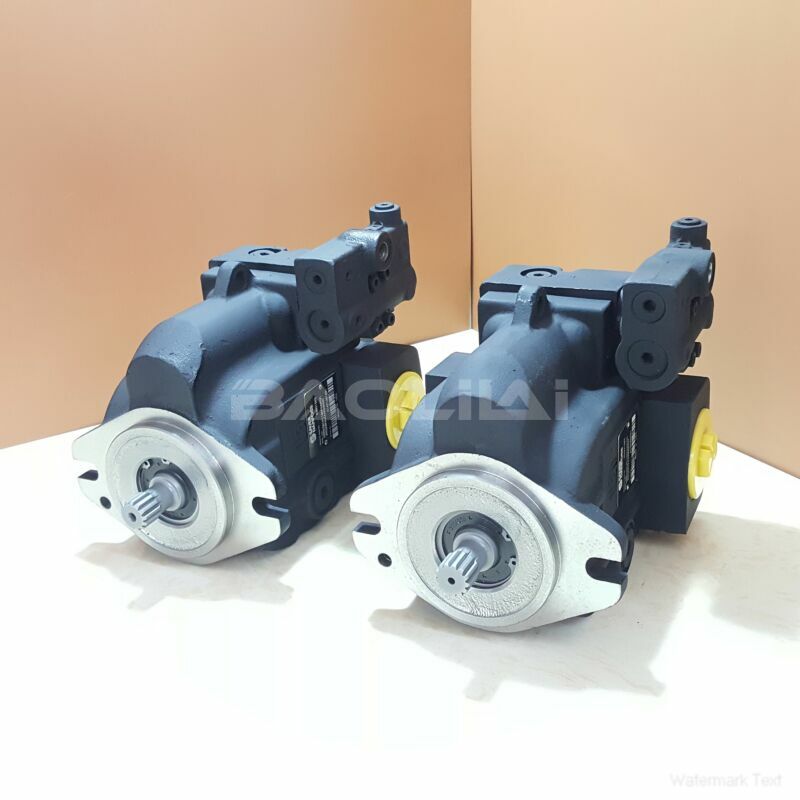LRL025CPC20NNNNN3C2BGA6NPLBNNNNNN piston pump
LRL025CPC20NNNNN3C2BGA6NPLBNNNNNN piston pump

- Product Details
- Applicable Scene
Offshore oil rigs play a crucial role in energy production, extracting valuable hydrocarbons from beneath the ocean floor. One of the key components that enable these operations to run smoothly and efficiently is high-pressure pumps. These pumps are essential for a multitude of tasks, including drilling fluid circulation, hydraulic system operations, and the transportation of crude oil and other fluids. This article explores the significance, types, and applications of high-pressure pumps in offshore oil rig environments.
LR-L-025C-PC-20-NN-NN-N-3-C2BG-A6N-PLB-NNN-NNN
LRL025CPC20NNNNN3C2BGA6NPLBNNNNNN
High-pressure pumps are designed to withstand the extreme conditions found in offshore settings. They are used to generate the substantial pressure needed to pump fluids through long distances and to various depths. These pumps must not only be powerful but also reliable and durable, as any malfunction can lead to costly downtime and safety hazards.

83030852
There are several types of high-pressure pumps commonly used in offshore oil rig operations. The most prevalent types include centrifugal pumps, positive displacement pumps, and diaphragm pumps. Each of these pump types has its own set of advantages and applications.
Centrifugal pumps are popular due to their ability to handle large volumes of fluid efficiently. These pumps utilize rotational energy to move fluids, making them ideal for tasks such as circulating drilling mud or transporting crude oil. Their design allows for variable flow rates, which can be adjusted based on operational needs.
Positive displacement pumps, on the other hand, are designed to move a fixed volume of fluid with each cycle. They are particularly effective for pumping viscous fluids, such as heavy drilling mud or polymer solutions. The consistent flow rate provided by positive displacement pumps ensures that the drilling operation remains steady and controlled, minimizing the risk of fluid loss or pressure drops that could lead to complications.





